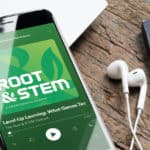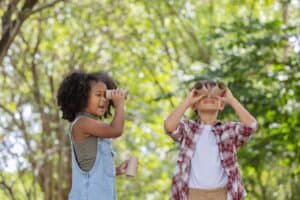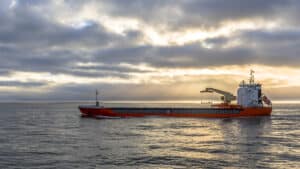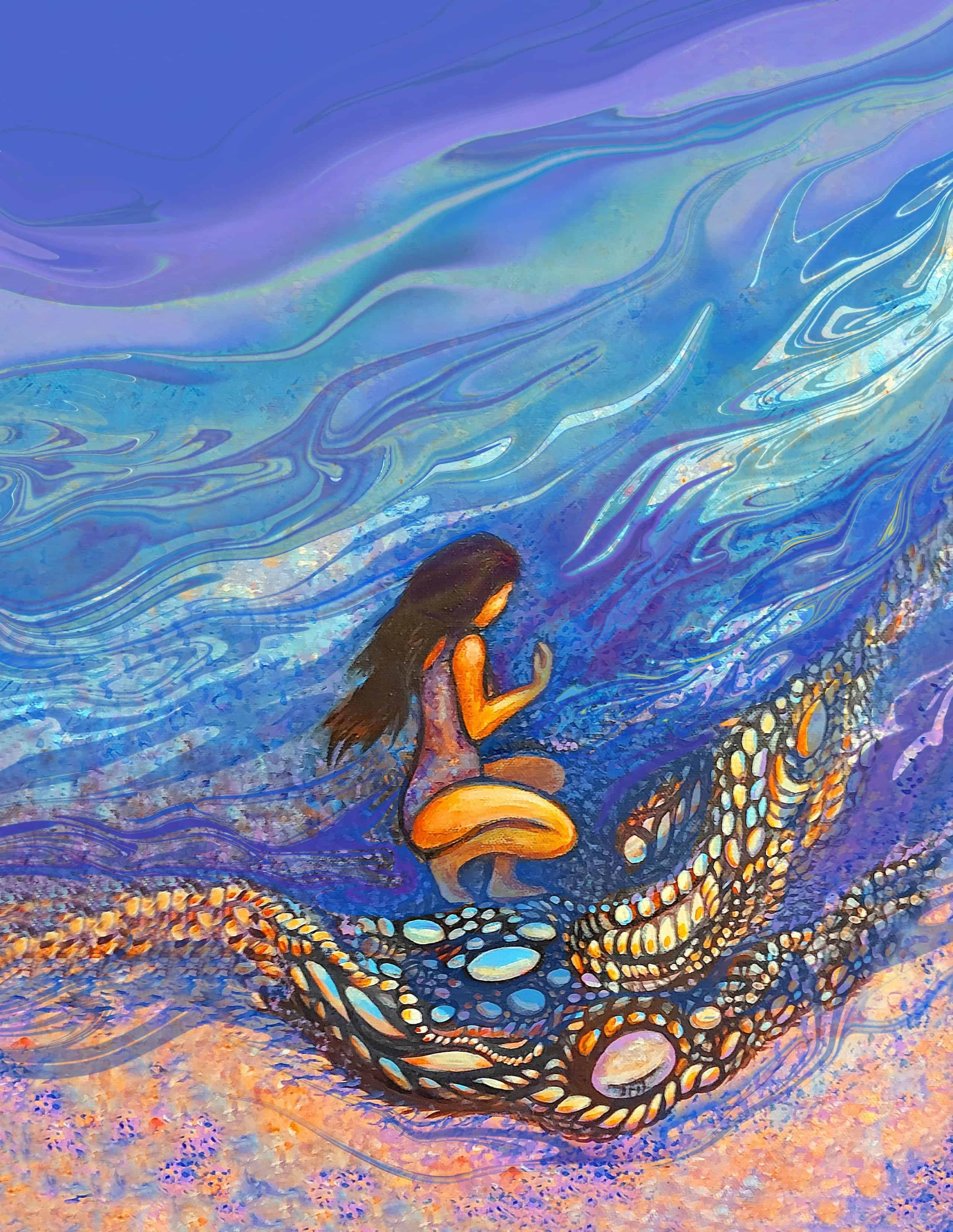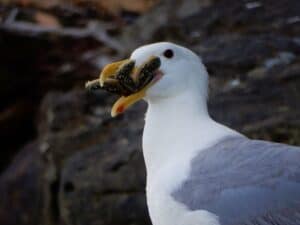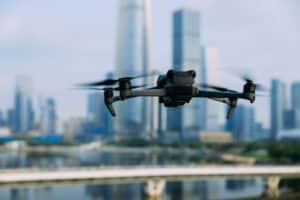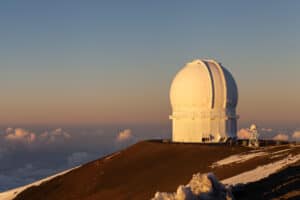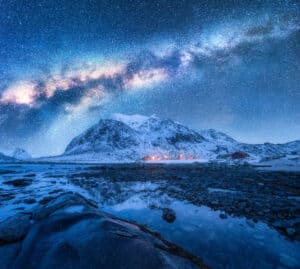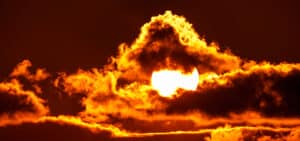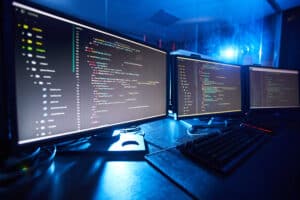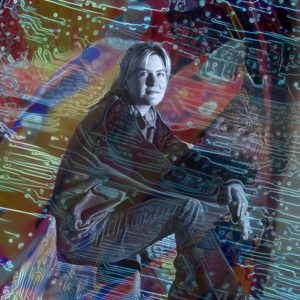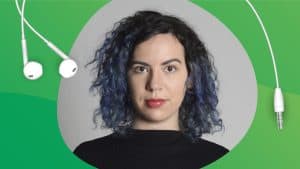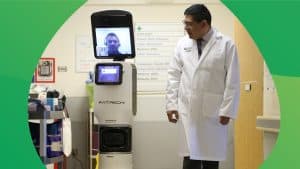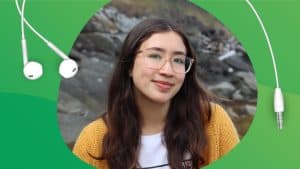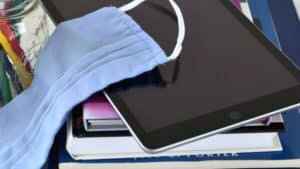We’re excited to launch a new podcast, bringing you an audio version of everything you love about Root & STEM. The podcast expands on our publication, Root & STEM, and explores issues and storytelling with artists, journalists, teachers and communities engaged in STEAM-focused projects.The episodes are approximately 15 minutes long and will be available monthly on the Pinnguaq website, and through popular podcast platforms such as Apple and Spotify.

Podcast & Play – Part 2
In this episode of the Root & STEM podcast, graduate students, Sofia Osborne and Olivia deBourcier discuss modern science communication. They share their opinions on the role of science in modern media and the benefit for youth
